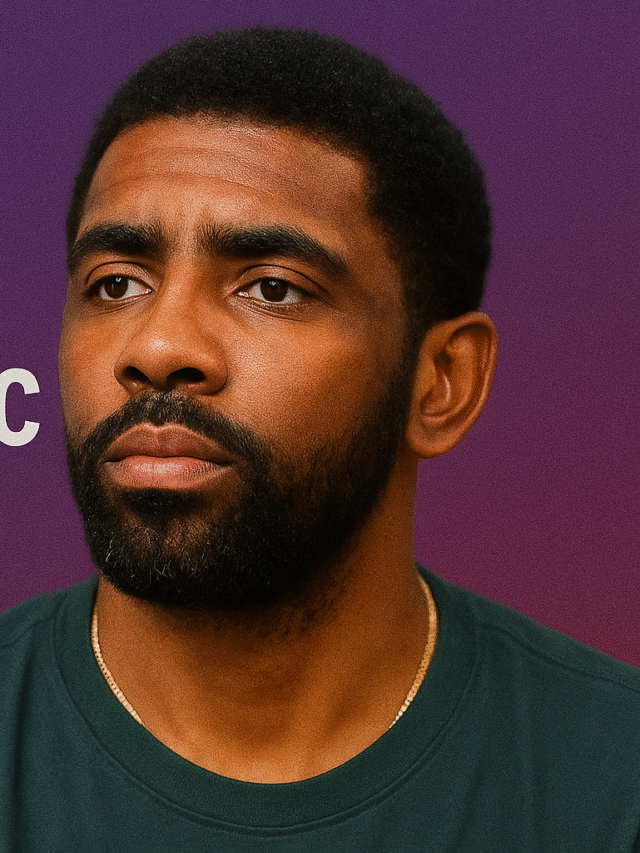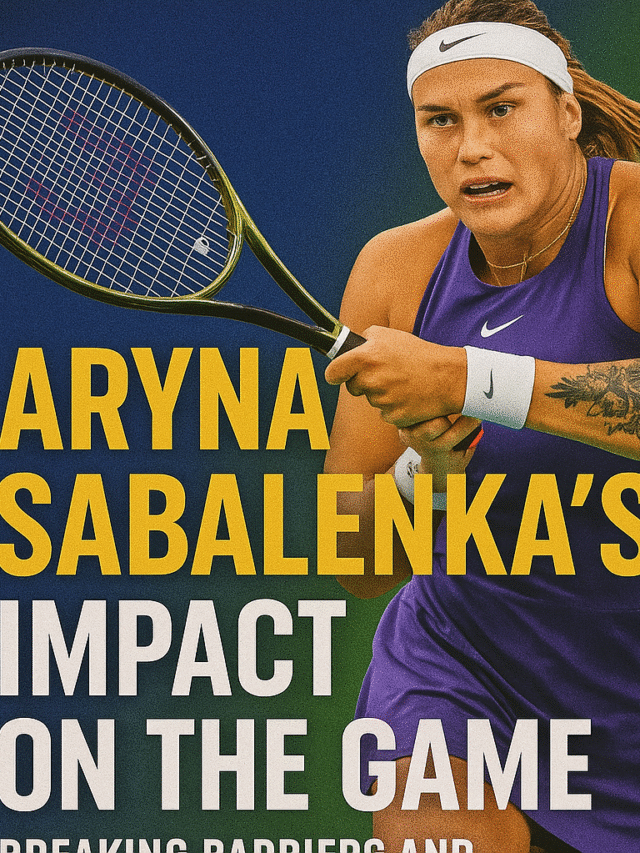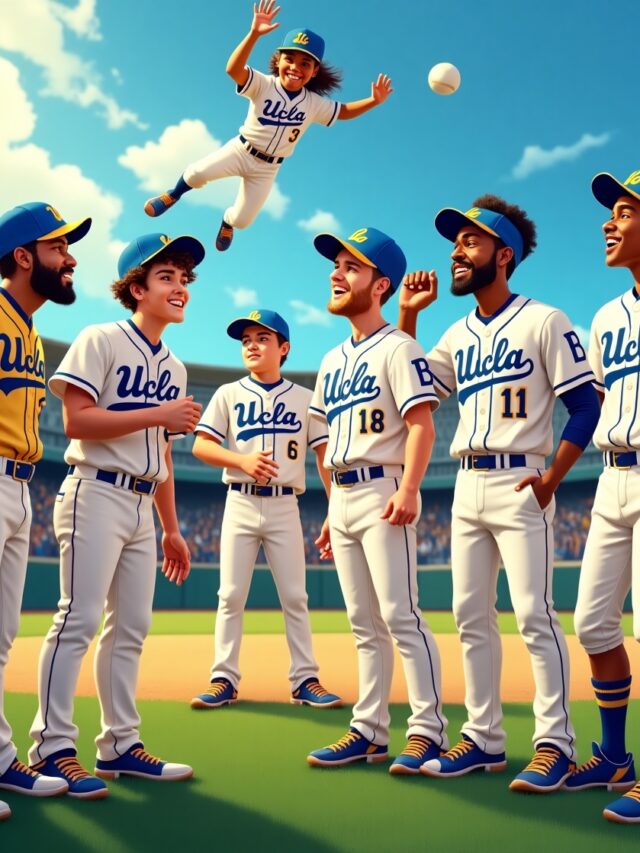Leo Rivas Injury: A First-Hand Account from the Scene
The air on a baseball field has its own unique energy. It’s a mix of freshly cut grass, dusty leather, and the electric hum of anticipation from the crowd.
As a journalist, I’ve stood on the sidelines of countless games, but the evening of June 14th felt different. I was at the park, not just as a reporter, but as a fan, ready to watch the sheer athletic poetry of a game unfold. Then, in an instant, that energy shifted from hopeful excitement to a heavy, collective silence. It was the moment the game stopped, the moment a promising career was thrown into uncertainty, the moment of the Leo Rivas injury. My name is Mohit, and I was there. This is what I saw.
The inning started like any other. The pitcher was in his rhythm, the batters were timing their swings, and the fielders were poised, ready for action. Leo Rivas, playing shortstop, was a picture of controlled energy. He moved with a grace that made the difficult look effortless, his focus absolute. He had been having a phenomenal season, a true breakout star whose name was on the lips of fans and scouts alike. His presence on the field was magnetic.
The crack of the bat was sharp, a sound that usually elicits a roar from the crowd. This time, it was followed by a gasp. The ball shot off the bat like a missile, a low, screaming line drive heading straight into the gap between second and third. Rivas reacted instinctively, his body a blur of motion as he dove to his left. It was a spectacular effort, the kind of play that makes highlight reels, a testament to his commitment to stopping anything that came his way. He made contact, snagging the ball in the webbing of his glove just before it could kiss the outfield grass.
But the play wasn’t over. As his body hit the ground, something went terribly wrong. It wasn’t a clean slide; it was an awkward, jarring impact. A tangle of limbs. From my vantage point, I saw his leg buckle beneath him at an angle it was never meant to bend. The gasp from the crowd turned into a stunned, hollow silence. The runner was safe at first, but no one was watching him. All eyes, thousands of them, were fixed on the still form of Leo Rivas lying in the infield dirt.

The Unfolding Scene
Time seemed to slow down. For a few seconds, Rivas didn’t move. The first baseman, seeing the runner was safe, immediately turned and waved his hands frantically toward the dugout. That’s when the gravity of the situation hit everyone. This wasn’t a player just trying to catch his breath. This was serious.
The team’s medical staff sprinted onto the field, their faces etched with a focused urgency. They were followed closely by the manager and a few concerned teammates. They formed a tight circle around Rivas, obscuring him from view, but the tension was palpable. The murmur that had started to ripple through the stands died down again, replaced by a respectful, anxious quiet. We were all holding our breath, sending silent prayers toward that small huddle on the infield.
From where I stood, I could see the expressions on the faces of the other players. The pitcher had his glove over his mouth, his eyes wide. The second baseman stood a few feet away, hands on his hips, shaking his head slowly. This wasn’t just a teammate who was down; it was their friend, a brother in the game. The camaraderie of a team is forged in moments of triumph, but it’s truly tested in moments of crisis like this.
After what felt like an eternity, the circle of trainers and players parted slightly. A medical cart was making its way slowly across the outfield grass. The sight of it confirmed our worst fears. This wasn’t an injury he was going to walk off. As they carefully positioned a stretcher next to him, a new sound filled the ballpark: applause. It started in one section and quickly spread, a wave of support and respect for the fallen player. It was a heartfelt tribute to the effort, the sacrifice, and the man who had just put his body on the line for his team.
They worked with meticulous care, stabilizing his leg before gently lifting him onto the stretcher. As the cart began its slow journey toward the tunnel behind the dugout, Rivas lifted a hand, a small but powerful gesture of acknowledgment to the cheering crowd. It was a moment of incredible strength and grace amidst obvious pain. The entire stadium, home and visiting fans alike, was on its feet. The game had become secondary. Humanity had taken over.
The Immediate Aftermath and Diagnosis
Once the cart disappeared into the tunnel, a somber mood settled over the park. The players on the field tried to regroup, tossing a ball back and forth to stay loose, but their movements were mechanical. The energy had been completely drained from the game. A substitute shortstop was brought in, and after a lengthy delay, the game resumed. But it wasn’t the same. Every play, every pitch was now viewed through the lens of what had just happened. The ghost of the Leo Rivas injury loomed over the field.
In the press box and throughout the stands, phones were out. Speculation began to swirl. What was the exact nature of the injury? A fracture? A torn ligament? Every reporter was trying to get a snippet of information from their sources. The team’s official channels remained silent, which only fueled the rumor mill. As a journalist, my job is to report the facts, but as a human who had just witnessed the event, my thoughts were with Rivas and his family. A career in professional sports is fragile, a truth that was laid bare for all to see.
Hours later, long after the game had ended, the official statement was released. It was the news we had all feared. Rivas had sustained a compound fracture of his tibia and fibula. The complex nature of the break would require immediate surgery. The statement concluded with the grim prognosis: he would be out for the remainder of the season, with a long and arduous road to recovery ahead.
The diagnosis sent a shockwave through the sports community. Teammates, opponents, and analysts took to social media to express their support and well-wishes. The video of the play was everywhere, a brutal reminder of how quickly a player’s fortune can change. The discussion shifted from his on-field performance to the difficult journey that now lay before him. The specifics of the Leo Rivas injury painted a stark picture of the challenges he would face in just learning to walk normally again, let alone perform at the elite level of a professional athlete.

A Deeper Look at the Injury and Recovery
To understand the severity of what happened, it’s important to understand the injury itself. A compound fracture is not just a broken bone; it’s an injury where the broken bone pierces the skin. This creates a high risk of infection and significant damage to the surrounding muscles, nerves, and blood vessels. It’s one of the most serious orthopedic injuries an athlete can suffer.
The recovery process for such an injury is a marathon, not a sprint. It begins with surgery, where doctors work to realign the bones and fix them in place with plates, screws, or rods. This initial phase is about managing pain and preventing infection. The real work begins after the bone starts to heal.
Physical therapy becomes the athlete’s new full-time job. The first goal is simply to regain range of motion in the joint. Months of immobilization can cause the joint to become stiff and the surrounding muscles to atrophy, or waste away. Therapists guide the athlete through painstaking exercises to gently coax the joint back to life. This process is often slow, painful, and mentally taxing. For a player like Rivas, whose game is built on speed, agility, and explosive movements, the mental battle can be just as difficult as the physical one.
Every small victory—bending the knee a few more degrees, putting a little more weight on the leg—is a milestone. But there are also setbacks. There’s soreness, swelling, and days where it feels like no progress is being made. It requires an incredible amount of patience and mental fortitude to push through those moments of doubt. The question “Will I ever be the same?” is a constant companion.
The support system around the athlete is critical. Teammates, coaches, family, and fans all play a role in keeping spirits high. The journey back from an injury like the one Leo Rivas suffered is not one that can be made alone. It takes a village of medical professionals, trainers, and loved ones to rebuild not just a limb, but a career and the confidence that goes with it.
The Impact on the Team and the League
The loss of a player of Rivas’s caliber is a massive blow to any team. On the field, his defensive prowess and offensive production are nearly impossible to replace. A team’s chemistry is a delicate ecosystem, and removing a key piece can disrupt the entire balance. The shortstop position is often called the captain of the infield, and his absence leaves a void in leadership and communication.
Beyond the tactical implications, the emotional impact is significant. Seeing a teammate go down with such a devastating injury can have a profound psychological effect on the rest of the roster. It serves as a stark reminder of their own vulnerability. It can make players hesitant, causing them to play with a degree of caution that can hinder performance. The manager’s job becomes not just about finding a replacement on the depth chart, but also about managing the emotional well-being of the entire team.
For the league, the Leo Rivas injury reignited conversations about player safety. Are the fields maintained to the highest standards? Is there equipment that could offer better protection without hindering mobility? Are the schedules too grueling, leading to fatigue that can increase the risk of injury? These are complex questions with no easy answers, but high-profile injuries force the league and the players’ association to continually re-evaluate their protocols.
The incident also highlights the incredible physical demands of modern sports. Athletes are bigger, faster, and stronger than ever before. The game is played at a speed and intensity that pushes the human body to its absolute limits. While this makes for an exciting product for fans, it also comes with inherent risks. What happened to Leo Rivas is a powerful reminder that behind the statistics and highlights are human beings pushing their bodies to the breaking point for our entertainment.

The Road Ahead for Leo Rivas
As I write this, Leo Rivas has undergone successful surgery. The first step on his long road to recovery has been taken. The team has provided updates, sharing that he is in good spirits and grateful for the outpouring of support. His social media has been flooded with messages from fans around the world, a testament to the impact he has made in his relatively short career.
The path forward will be defined by patience, determination, and an unwavering belief in his ability to return. He will spend countless hours in the training room, working with therapists to rebuild his strength and mobility. He will watch his teammates play from the sidelines, a feeling of helplessness likely mixing with his desire to cheer them on. He will face moments of frustration and doubt, but those who know him speak of his resilience and work ethic.
The question of whether he can return to his previous form will linger until the day he steps back on a professional field. The history of sports is filled with both cautionary tales and inspiring comeback stories. For every athlete whose career was cut short by injury, there is another who defied the odds and returned stronger than ever. Which category Leo Rivas will fall into remains to be seen.
What is certain is that he has the support of an entire community behind him. The applause that echoed through the stadium as he was carted off the field was not a farewell. It was a promise. It was the fans, his teammates, and everyone who loves the game telling him, “We are with you.”
Witnessing the Leo Rivas injury firsthand was a sobering experience. It was a raw, unfiltered look at the brutal side of professional sports.
It stripped away the glamour and revealed the human cost of the game.
But in the silence of the crowd, in the concerned faces of his teammates, and in the wave of support that followed,
it also revealed something beautiful: the deep connection between a player and the fans, and the incredible resilience of the human spirit.
I, along with millions of others, will be watching and waiting, hoping to one day see Leo Rivas back on the field, moving with that same grace and passion that made him a star. The road is long, but his journey is far from over.










